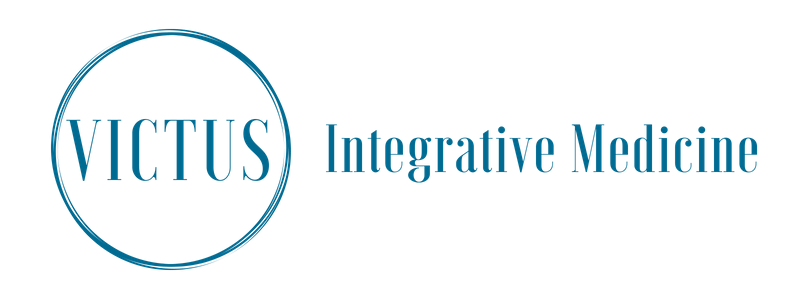PRP Regenerative Joint Injection Therapy
PRP stands for Platelet-Rich-Plasma, which is a concentration of platelet cells and growth factors taken from your own blood. PRP injections are an in-office procedure performed by a trained and highly experienced physician and takes 30-60 minutes from start to finish.
Joint pain can be a result of injury, over-use, or aging. Tendons, ligaments and cartilage surround your joints to provide stability and facilitate proper function of the joint. These tissues lose their tone and strength with age, allowing for excessive and improper movement of the joint. This process can be accelerated with overuse and injury.
You may have heard of a cortisone shot before. This is a corticosteroid injection with the primary intention of reducing pain and inflammation in the joint. Cortisone injections degrade and wear out the joint faster with repeated use, and patients are limited to only 3 injections per year in a joint. A cortisone injection will not heal your joint or always provide long-term relief. Inflammation is a natural response to injury which signals white blood cells, cytokines, and growth factors to clean up and heal the affected area. When inflammation is reduced, so is the ability to heal.
PRP injection therapy is different than a cortisone shot in that it is actually initiating the inflammatory response in a controlled manner. The PRP itself delivers concentrated growth factors to the local area to facilitate tissue recovery. This procedure activates the body’s innate ability to regenerate damaged tendons, ligaments and connective tissue with the purpose of providing stability and to promote proper function of the joint.
What to expect during your visit
Your first appointment will consist of your doctor getting a full history of the injury, as well as duration and pattern of pain. After that he or she will perform an extensive physical exam of the joint to determine the type of injury. Imaging is ordered as necessary, and the procedure can be performed after the imaging results have been analyzed.
When you arrive for you procedure, you will first have your blood drawn and placed in a centrifuge. This separates the red blood cells from your plasma, so that the plasma can be extracted and used for the procedure. PRP injections are typically well tolerated and adverse side effects are rare. Because this procedure promotes inflammation to facilitate healing, you may experience mild discomfort after the procedure.
Patients may require more than one treatment typically spaced 4-6 weeks apart, which is determined by extent and location of the injury. Each treatment builds on the last, continuing to reinforce tissue regeneration and joint stability.

